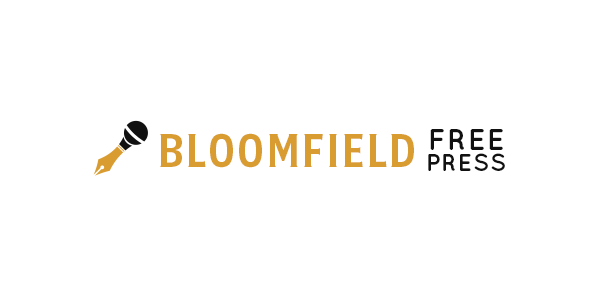The aging nursing population is one of the underlying conditions contributing to the nursing shortage in the United States. According to the U.S. Chamber of Commerce, 1 million nurses are at least 50 years of age, and 60 percent of nurses are over age 40. Furthermore, over 20 percent of nurses plan to retire within the next five years. For reference, there are nearly 4.7 million registered nurses (RNs) nationwide, according to the American Association of Colleges of Nursing (AACN). When experienced nurses leave, their experience leaves with them. In parallel, the United States now has more citizens than ever before over the age of 65, the age group that uses the highest proportion of healthcare services.
The aging of both nurses and the general population of the United States are major factors contributing to the nursing shortage, with other threats looming in tandem. According to the AACN, “nursing school enrollment is not growing fast enough to meet the projected demand for registered nurse (RN) and advanced practice registered nurse (APRN) services.” Not only are many nurses at retirement age, the pipeline of their successors falls short.
Even for those who want to enter the nursing profession, there aren’t enough positions for nursing students at American universities to accommodate qualified applicants. Also according to the AACN, “U.S. nursing schools turned away 65,766 qualified applications (not applicants) from baccalaureate and graduate nursing programs in 2023 due to insufficient number of faculty, clinical sites, classroom space, and clinical preceptors, as well as budget constraints.”
Morale issues also contribute to the nursing shortage. According to the U.S. Chamber of Commerce, “more than half of nurses leave their jobs within the first two years,” and “nurses have voiced significant concerns about their line of work including lingering pandemic burnout, demanding work environments, a sense of being undervalued, and concerns related to compensation.” Carta Healthcare’s recent survey of clinicians found that, “Knowing what they know now, a third (37.1 percent) of healthcare workers say they would choose another career path.”
There are several solutions available now to stem the tide of turnover and entice more to enter – and remain – in nursing and nursing faculty roles. These include:
- Using artificial intelligence (AI) and other technologies reduces the administrative burden and increases efficiency. Nurses should always interface between patients and assistive technology, but technology can help clinicians with some repetitive tasks, such as data entry.
- Creating new roles for senior nurses who want to step away from the frontlines: Roles like outsourced data entry and abstraction, mentoring, and nursing faculty roles are great opportunities for senior nurses to remain in the profession and continue to contribute their experience and insights.
- Increasing compensation and awareness of how to interact with nurses: It isn’t easy for patients, their friends and family, and even doctors to interact perfectly with nurses while in pain and under stress; however, the nursing shortage requires that we overcome challenges in compensation and respectful interaction.
It is also important to better communicate the advantages of the nursing profession. Nursing is one of the most stable professions, even during difficult economic times. Its unemployment rate is consistently below 2 percent and well below the national civilian rate. There is also a difficulty in matching satisfaction with making a radically positive difference when delivering the best possible care.
Matt Hollingsworth is a health care executive.

